Strawberry ginger beer Chilcano de pisco is a seasonal pickle variation on the Chilcano de pisco cocktail usually made with Peruvian grape brandy Pisco, lime juice, bitters and ginger ale, in this pickle twist the ginger ale is swapped out for a home brewed fermented strawberry ginger beer with cinnamon, rose petals and hibiscus and the lime juice is changed up to pink grapefruit juice. The Strawberry ginger beer Chilcano de pisco cocktail is a refreshing and zingy ginger, strawberry and grapefruit cocktail with depth and complexity of flavour from the addition of delicate rose petals, tart hibiscus and sweet cinnamon, dashed with grapefruit bitters. The Strawberry ginger beer Chilcano de pisco is a pisco ginger highball with an amazing pink colour due to the pink grapefruit juice, fermented strawberries and hibiscus, with a slight fizz from the fermentation process, garnished with a pink grapefruit segment and twist.
What is a Chilcano de pisco cocktail, chilcanito, res de pisco: Chilcano recipes, ingredients, method
A Chilcano de pisco cocktail or chilcanito cocktail is a Peruvian brandy based cocktail using pisco grape brandy as the base spirit paired with lime juice and Amargo Chuncho or Angostura bitters, served over ice, topped with ginger ale. The Chilcano de pisco cocktail is also sometimes referred to as res de pisco or bottle of pisco as it was served in some cases in a bottle with a bottle of ginger ale and fresh limes for customers to mix themselves. For the basic Chilcano recipe used here as a guide I have referred to Simon Difford’s recipe for Chilcano de Pisco on Difford’s Guide and Nico Vera’s recipe for Pisco and Ginger Ale (Chilcano) on The Pisco Trail.
Chilcano de pisco ingredients – Simon Difford and Nico Vera have their own interpretations of the Chilcano formula with slight variations in the ratios but agree on the basic ingredients as being:
- Pisco
- Fresh lime juice
- Bitters: Amargo Chuncho Peruvian bitters or Angostura bitters
- Ginger ale
- Ice
- Lime garnish: wedge or round of lime
Simon Difford’s recipe has 2 shots pisco, ¼ shot lime juice, 3 dashes of Amargo Chuncho bitters and 3 ½ shots ginger ale. Nico Vera’s recipe is weighted more heavily towards the base spirit with 2 ½ shots pisco, juice of ½ a lime, ½ shot simple syrup, 4 dashes Angostura bitters and 4 shots ginger ale are used to balance the more heavily weighted spirit component.
Method – Build in the glass & stir – Both Difford and Vera indicate that the method for making a Chilcano de pisco is to add all the ingredients to a tall glass with ice cubes and stir.
Chilcano de pisco cocktail variations
The Chilcano de pisco cocktail has evolved over time and includes variations such as the use of additional flavours: guava and strawberry infused directly in the pisco, fresh grapefruit, blood orange, passion fruit and pineapple juices and ginger beer instead of ginger ale.
Uses of the Chilcano de pisco cocktail: Pick me up
The Chilcano de pisco cocktail has been used as a pick me up: a hangover cure and refresher in hot weather.
A brief history of the Chilcano de pisco cocktail, chilcanito, res de pisco
There are various theories as to the origins of the Chilcano de pisco cocktail. Nick Rosen (2013) in his article on The fascinating origins of the Chilcano cocktail and Nathan Dalton (2016) in his recipe for The Chilcano Cocktail detail a number of interesting possible origins. Rosen (2013) and Dalton (2016) agree there are links to Italian immigrant culture with possible origins in the Buon Giorno grappa cocktail; and the name Chilcano is shared with a type of fish soup that along with the cocktail is used as a pick me up for hangovers. Rosen (2013) indicates there are linguistic similarities with the place name Chilca; and links to globally popular Highball cocktail recipes with the Chilcano perhaps swapping out gin or whiskey for local pisco and in turn feeding into the circulation of these popular recipes.
Buon Giorno Italian grappa cocktail 1800’s to Chilcano de pisco 1900’s – There are links between the Chilcano de pisco and a very similar Italian drink called the Buon Giorno made with Grappa, ginger beer and lime juice and drunk by Italian immigrants to Peru arriving in the 19th Century. Rosen (2013) and Dalton (2016) relate how the grappa was swapped out for the local pisco by the late 20th century and the Buon Giorno was used as a pick me up or hangover cure.
Chilcano Pick me up – Chilcano de Pisco & Chilcano de Pescado – The Chilcano de pisco cocktail shares the name Chilcano with a fish soup Chilcano de Pescado – the shared name is said to be because both the grappa and pisco modified Italian Buon Giorno cocktail recipe and the fish soup could be used as a pick me up or hangover cure – a Chilcano (Rosen 2013; Dalton 2016).
Chilca & Chilcano – There is also a theory that the Chilcano developed in an area of Peru known as the Chilca region hence the name Chilcano (Rosen 2013).
Highball cocktail recipes 1900’s – Highball cocktail recipes became popular in the late 20th Century as detailed in the Cocktail Codex (Day, Fauchauld & Kaplan 2018: 198; Rosen 2013) and perhaps as Rosen (2013) indicates the Chilcano is a local Peruvian variation using pisco as the base spirit instead of gin or whiskey – or maybe the Chilcano formula fed into and influenced international highball recipes in turn?
Chilcano de pisco, Res de pisco – bottle of pisco 1940’s – Nick Rosen (2013) indicates that the Chilcano de pisco became popular in Lima Peru in 1940’s and was sometimes served as a make it yourself drink that customers would mix themselves with a bottle of pisco, a bottle of ginger ale and limes referred to as a res de pisco.
Related drinks using ginger ale – Highballs, London Buck, Mamie Taylor, Brandy Spider
During prohibition ginger ale comprising carbonated water and ginger flavouring became more popular as a mixer than old fashioned fermented alcoholic ginger beer made with a fermented fresh ginger starter.
Highball cocktail formula: This shift to use of ginger ale as a soft drink for mixing cocktails interchangeably with soda water is evident in the definition of a highball provided by Harry Craddock (1930: 2724) in The Savoy Cocktail Book where he states that the high ball was built in a ‘medium sized glass’ with ice and ‘1 Glass of any Spirit, Liqueur or Wine desired’, on the method of making the highball he states:
“Fill glass with syphon soda water or split of soda. Ginger Ale can be used if preferred. And twist of lemon peel if desired.”
For a more in depth discussion of the definition of a Highball and variations on the Highball ‘template’ see Cocktail Codex (Day, Fauchauld & Kaplan 2018: 201) where it is described as ‘very simple and extremely flexible’ with unlimited variations achieved through exploring different ‘flavour affinities’:
“…a Highball is simply the combination of a spirit and some sort of mixer. It’s flexibility stems from the fact that any spirit can comprise the core, and the possibilities for mixers are equally wide: seltzer or tonic water; ginger ale or ginger beer, various colas and other sodas are typical, even juices.”
Highball origins: The name ‘Highball’ may be related to steam locomotive terminology where if the train was going at full speed the pressure guage ball would jump to the top of the gauge thus ‘highballing’ (for further details on this and other possible origins of the name Highball see Day, Fauchauld & Kaplan 2018: 198).
Ginger Ale, Gin & Whiskey Highballs: Some related Highball cocktail recipes using ginger ale include:
- London Buck: gin, lemon juice and ginger ale (Craddock 1930: 1344)
- Horses Neck: gin, lime and ginger ale (Rios 1940: 34)
- Mamie Taylor: whiskey, lime juice and ginger ale (Craddock 1930: 1382)
Ginger Ale & Brandy Highball – Brandy Spider: In my searches through vintage cocktail books I have not found reference to the Chilcano – sadly there are no Peruvian books available online that I have found apart from one which has the Pisco Sour recipe (see this amazing article by Simon Difford on the history of the Pisco Sour cocktail). However, I did find a ginger ale and brandy highball recipe:
- Brandy Spider: ice, bitters, lemon juice, brandy and ginger ale (Talavera 1940: 32)
The Brandy Spider recipe dates from 1940 and appears in Los Secretos del Cocktail by Pedro Talavera published in Madrid – indicating that this style of brandy, ginger ale, citrus, bitters drink recipe formula was documented in the 1940s outside of Peru.
How is the Strawberry ginger beer Chilcano de pisco cocktail different?
The Strawberry ginger beer Chilcano de pisco offers a seasonal fermented pickle variation on the classic pisco, lime, ginger and bitters cocktail with use of a homemade strawberry fermented ginger beer instead of ginger ale and inspired by Nico Vera’s variations on the Chilcano I have used in season pink grapefruit juice to add a sweet-sour element rather than lime juice. The fermented ginger beer offers a delicious flavour pairing with the complex and already spicy pisco brandy as the infusion includes rose petals, hibiscus tea and cinnamon along with fresh in season strawberries and ginger. The colour of the Strawberry ginger beer Chilcano de pisco is a beautiful pink-red from the pink grapefruit juice and fermented strawberry ginger beer, dashed with grapefruit bitters and garnished with a pink grapefruit segment and twist.
How to make fermented strawberry ginger beer
Fermented strawberry ginger beer is easy to make although it does take an investment in time and use of a ginger bug to start the fermentation process. Making your own ginger bug is a great way to make all sorts of healthy low sugar fermented sodas including ginger beer and other fruit or tea flavoured soda that has a slight fizz and is filled with flavour. The ginger bug helpfully eats most of the sugar, so the resulting soda has concentrated flavour and lower sugar content. I have referred to the method for making a ginger bug, fruit sodas and ginger beer in Holly Davis’ (2017) amazing book Ferment. The flavour pairing of ginger, cinnamon, strawberry, hibiscus and rose with low GI sugar and raw organic honey is my own contribution as is the pairing of this strawberry ginger beer with pisco Peruvian grape brandy.
How to make a ginger bug – Making your own ginger bug is a fun slow living project that simply requires a little time each day to feed the bug a small amount of ginger, raw sugar and water and to stir it to combine and store in a cool dark place until fermentation has started. You will know when your bug is ready because it will begin to bubble. It is then ready to use to make fermented fruit sodas and ginger beer – as you can add fruit along with spices, herbs and edible flowers fermented sodas are a fantastic way to create your own flavour packed low sugar drinks which can be used as is or in cocktails in a similar manner to shrub syrups such as my pineapple shrub or carrot shrub, although fermented sodas are fermented from scratch with the ginger bug starter rather than via adding vinegar.
Tip: I used a clean mason jar and a piece of cheesecloth secured with kitchen string, a fine grater, measuring cup and a small wooden spoon to make and maintain my ginger bug.
Using a ginger bug to make strawberry ginger beer – In making this version of strawberry ginger beer the ginger bug is added to a ginger tea, sweetened with low GI cane sugar and a little honey and flavoured with cinnamon and hibiscus tea, lemon zest and juice. This ginger tea is cooled and then crushed strawberries and rose petals are added along with the live ginger bug to begin the fermentation process which takes about 4 days. You will know once the beer is fermented as bubbles will appear. I used a fermenting crock to make my strawberry ginger beer and simply covered the top with a clean tea towel secured with the crock lid. The mixture needs to be stirred each day to encourage fermentation but is otherwise low maintenance.
Tip: I highly recommend using a fermenting crock as it means your ferment is safely out of the way and is easy to stir and keep track of. I have previously made beetroot and cinnamon sauerkraut in this crock.
Once fermented the ginger beer is strained to remove the crushed strawberries and rose petals and decanted into a clean glass bottle for storage in the fridge. The fermentation process is arrested at this point – if making ginger beer without the strawberries you can do a second fermentation at room temperature and the ginger beer will have a higher alcohol content. The process of making ginger beer is simple but you do need to make a ginger bug in advance to get it started. The strawberry ginger beer is a delicious refreshing drink as is, or can be used in cocktails such as this Strawberry ginger beer Chilcano de pisco cocktail.
How to make a Strawberry ginger beer Chilcano de pisco: Method – Build in the glass & Stir
The strawberry ginger beer Chilcano de pisco cocktail is built in a tall glass with ice and stirred. The pink grapefruit juice, pisco, bitters and strawberry ginger beer are added to the glass and stirred with a long handled bar spoon. The drink is garnished with a pink grapefruit segment and twist.
Styling the Strawberry ginger beer Chilcano de pisco cocktail
I opted for simple styling for this strawberry ginger beer Chilcano de pisco cocktail which I have presented in a tall upcycled glass jar full of ice with a simple pink grapefruit segment and grapefruit twist garnish. The simple styling allows the amazing pink-red colour of the Chilcano cocktail to take centre stage.
Strawberry ginger beer Chilcano de pisco
Print RecipeIngredients
- Ginger bug starter: 1 tablespoon ginger with skin on, washed and grated
- 1 tablespoon dark muscovado sugar
- 100mls water
- Ginger bug daily feed for 1 week: 1 tablespoon ginger with skin on, washed and grated
- 1 tablespoon dark muscovado sugar
- 50mls water
- Strawberry ginger beer: 1 litre water
- 110 grams low GI cane sugar
- 1 tablespoon raw organic honey
- 110 grams sliced ginger
- 1 cinnamon stick
- 1 tablespoon dried hibiscus flowers
- Zest of 1 lemon
- Juice of 1/2 a lemon
- ¼ cup muddled fresh strawberries
- ¼ cup active (ie bubbling) ginger bug starter
- 1 teaspoon rose petals
- Strawberry ginger beer Chilcano de pisco cocktail: Ice cubes to fill a tall glass
- ½ shot pink grapefruit juice
- 2 shots pisco Peruvian brandy
- 3 dashes grapefruit bitters
- 3 ½ shots strawberry ginger beer to top
- Pink grapefruit segment and grapefruit twist to garnish
- Glassware: Highball or tall glass
Instructions
Ginger bug starter: Add grated ginger, sugar and water to a clean mason jar and stir with a wooden spoon to dissolved sugar
Cover with a clean cloth and store in a cool dark place
Maintain ginger bug: Remove the ginger bug from storage daily and feed 1 tablespoon of grated ginger and sugar and 50mls of water and stir with wooden spoon for approximately 1 week – it is ready when bubbles appear.
If keeping and maintaining the ginger bug for further use, you can either continue to feed as above daily and store at room temperature or arrest the fermentation process by refrigerating the bug and feeding once per week with the same daily feed then placing back in the fridge.
When ready to use a refrigerated bug simply begin the daily feeding process and store at room temperature until bubbles form.
Strawberry ginger beer: Zest the lemon and juice half of the lemon
Rub the lemon zest with the sugar to release the lemon oils, set aside
Add the sliced ginger, cinnamon stick and dried hibiscus flowers, lemon zest and sugar mixture, honey and lemon juice to a saucepan and add ½ litre of boiling water
Stir to dissolve the sugar and allow the ginger tea mixture to infuse and cool for 2 hours or over night
Add the remaining water
Strain the ginger tea through a fine mesh sieve to remove the ginger slices, lemon zest, cinnamon stick and hibiscus tea, into a clean bowl or fermenting crock
Wash, slice and muddle fresh strawberries
Add the rose petals, muddled fresh strawberries and active ginger bug to the crock or bowl
Stir with a wooden spoon in one direction and then the other to create a vortex to encourage aeration and fermentation
Cover the crock or bowl with a clean tea towel
Stir 2-3 times daily with a wooden spoon as above for 2-4 days or until bubbles appear
Strain out the rose petals and muddled strawberries using a fine mesh sieve
Decant the strained strawberry ginger beer into clean swing top bottles
Store in the fridge and open the tops or ‘burp’ to release carbonation daily
Use within 3-4 days
Strawberry ginger beer Chilcano de pisco cocktail: Fill a highball glass or other tall glass with ice cubes
Add freshly squeezed pink grapefruit juice, pisco and bitters and top with strawberry ginger beer
Stir gently with a long handled bar spoon
Garnish with a grapefruit segment and twist – to make a segment simply cut the grapefruit in half through the centre line – ie along the points where the stalk and base meet – and then cut off a small segment, if necessary, carefully slice off the white joining pith from the outer edge – for the twist, use a vegetable peeler to peel a section of the outer peel without the white pith, gently bend this over the top of the drink to express the oils and pass around the rim, gently twist the peel and place on the rim of the glass
Enjoy
Notes
Fermenting recipes: Ginger beer, fermented sodas, ginger bug starter
Holly Davis (2017). Ferment: A guide to the art of making ancient cultured goods. Murdoch Books: Crows Nest, Sydney.
Cocktail manuals
Harry Craddock (1930). The Savoy Cocktail Book. Dover: New York.
Alex Day, Nick Fauchauld & David Kaplan (2018). Cocktail Codex. Ten Speed Press: New York.
Augustin Rios (1940). Sloppy Joes International Mixed Season. Cocktail Manual. Jose Oriol Ramos: Havana, Cuba.
Pedro Talavera (1940). Los secretos del Cocktail. Madrid.
Ginger ale & ginger beer history
Mari Isa (2017). Thirsty throwback Thursday: a history of ginger beer. In MSU Campus Archaeology Program.
Chilcano de pisco recipes & articles
Nathan Dalton (2016). The Chilcano Cocktail. In Imbibe: Liquid Culture.
Simon Difford (2019). Chilcano de Pisco. In Difford’s Guide.
Lima Easy Guide. (accessed 2019). Peruvian Chilcano (Chilcanito) Cocktail. In Lima Easy Guide.
Rosen, Nick (2013). The fascinating origins of the Chilcano cocktail. In Travelling and living in Peru.
Nico Vera (2013). Pisco and Ginger Ale (Chilcano). In The Pisco Trail.
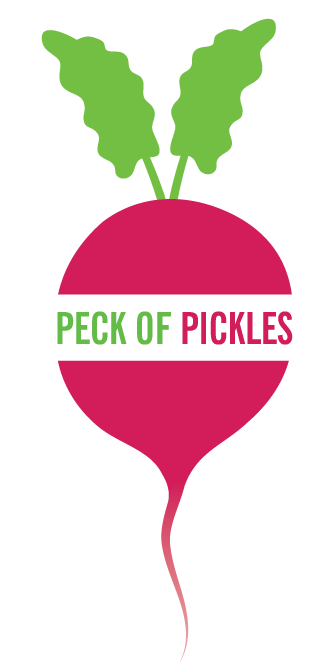
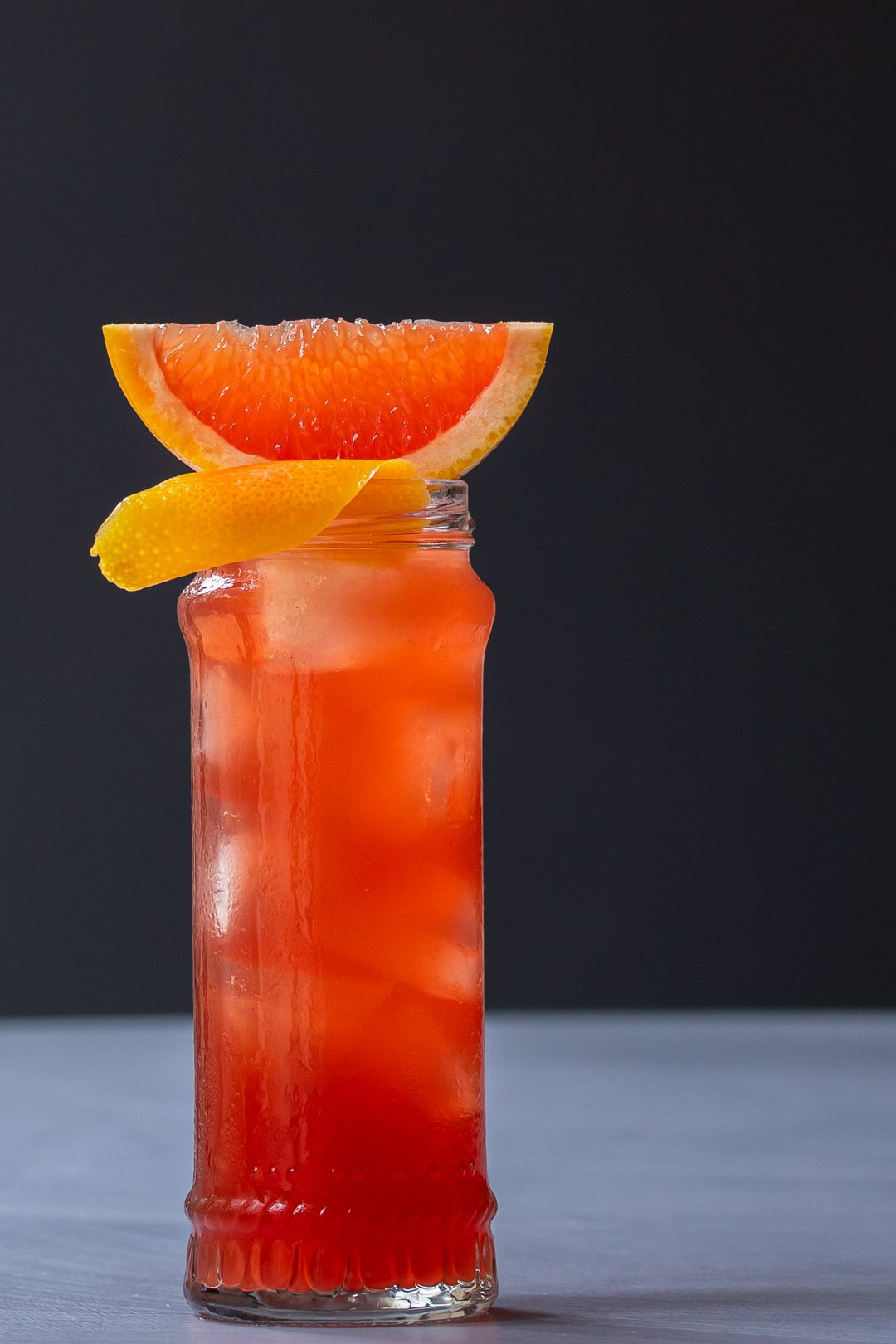
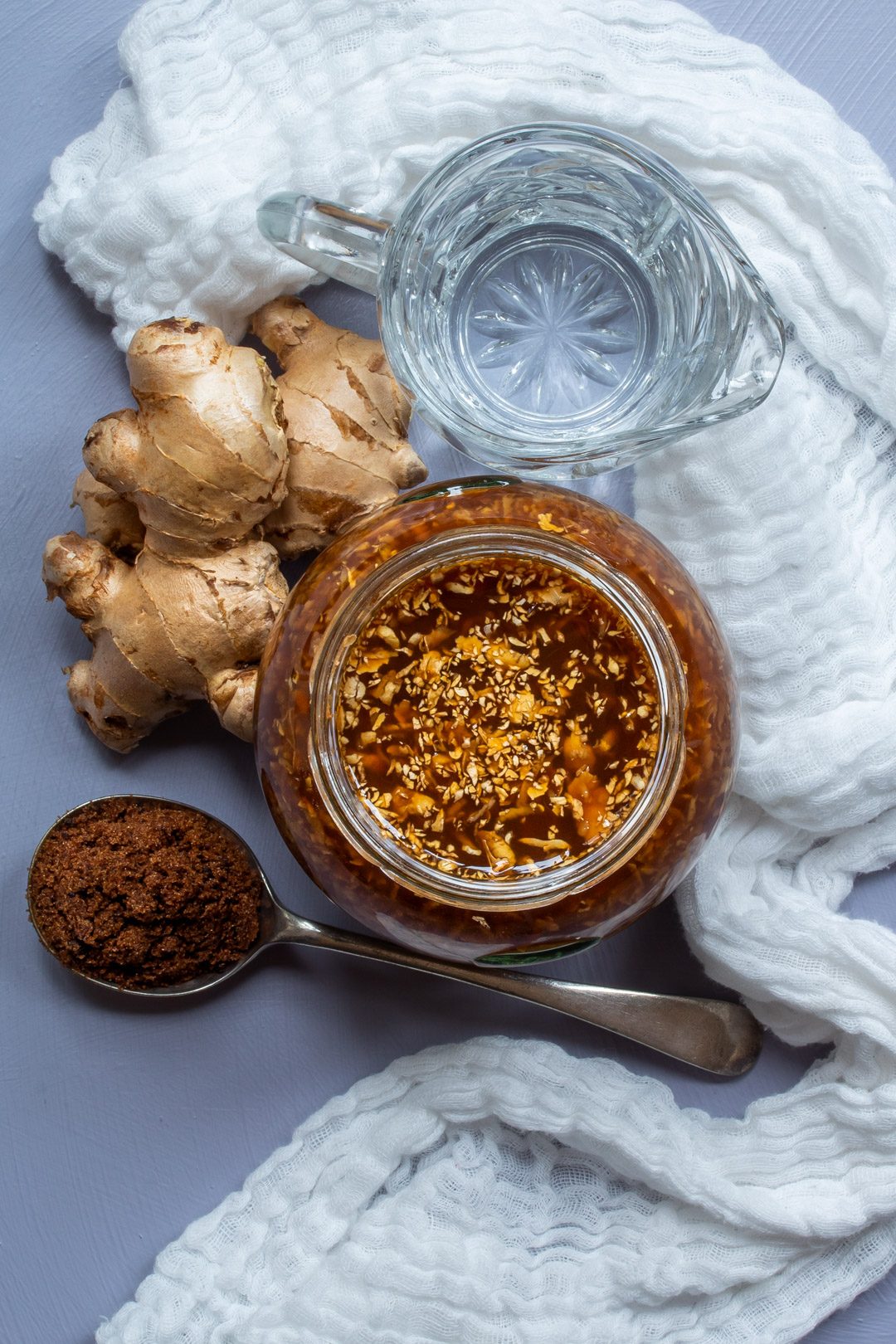
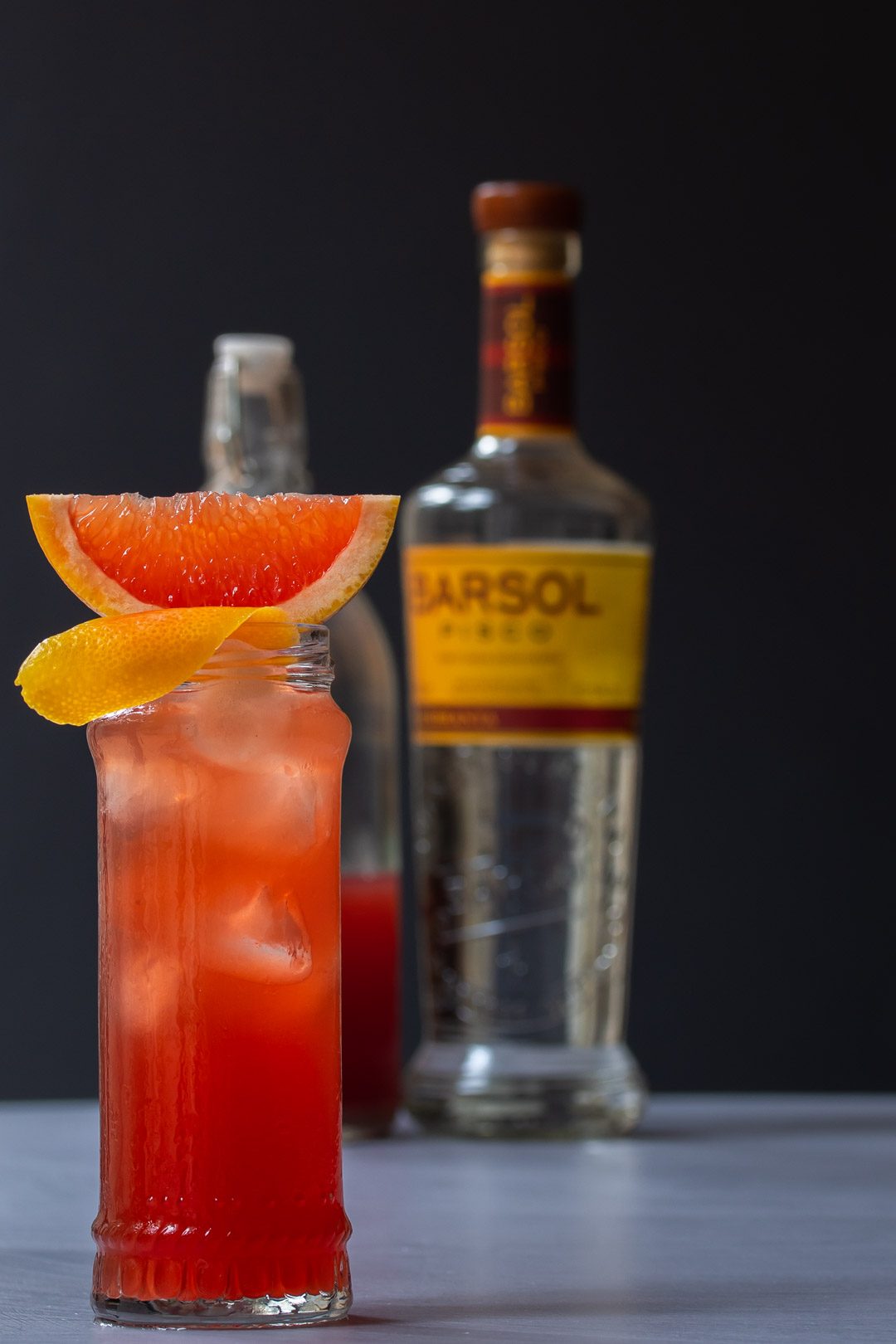
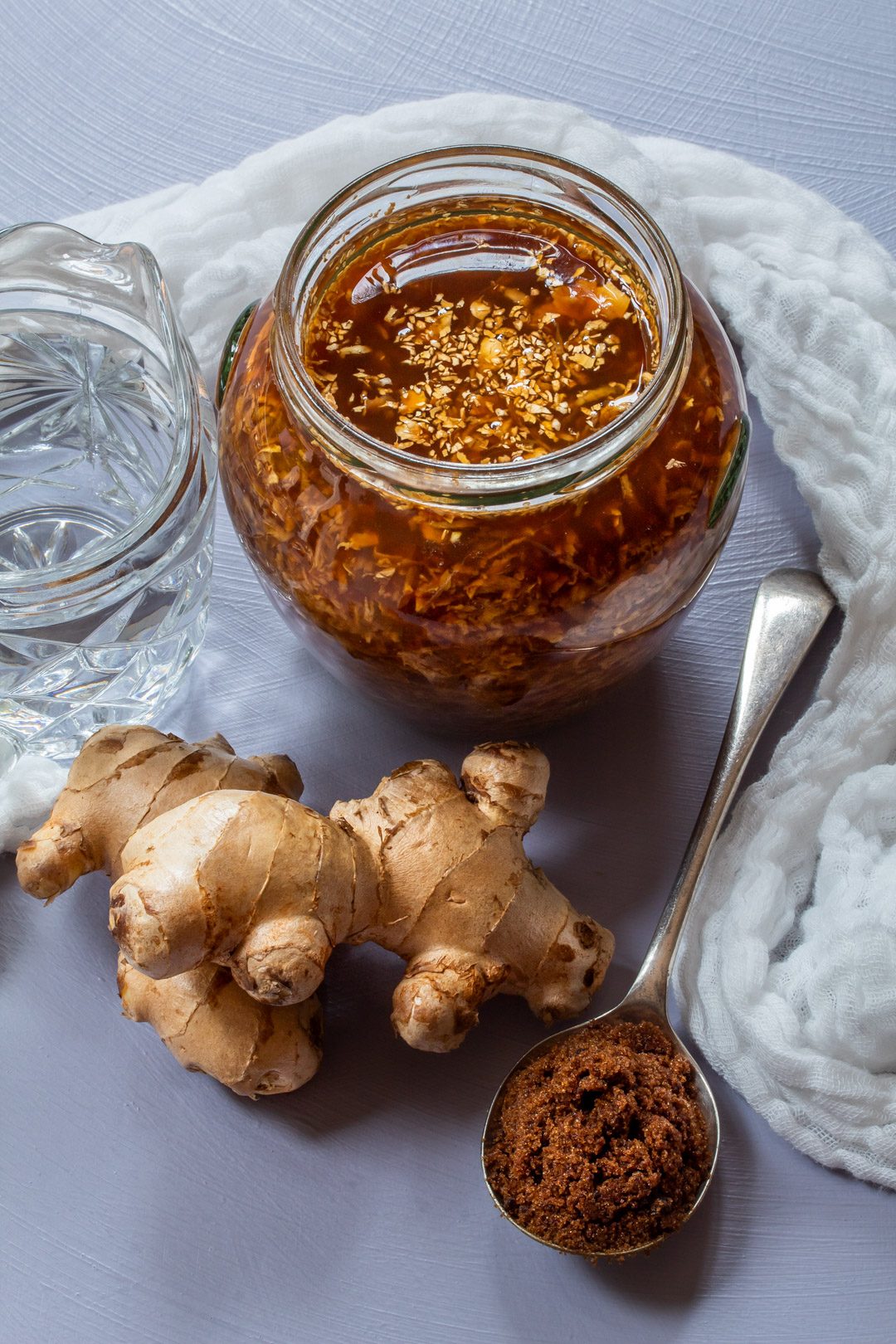
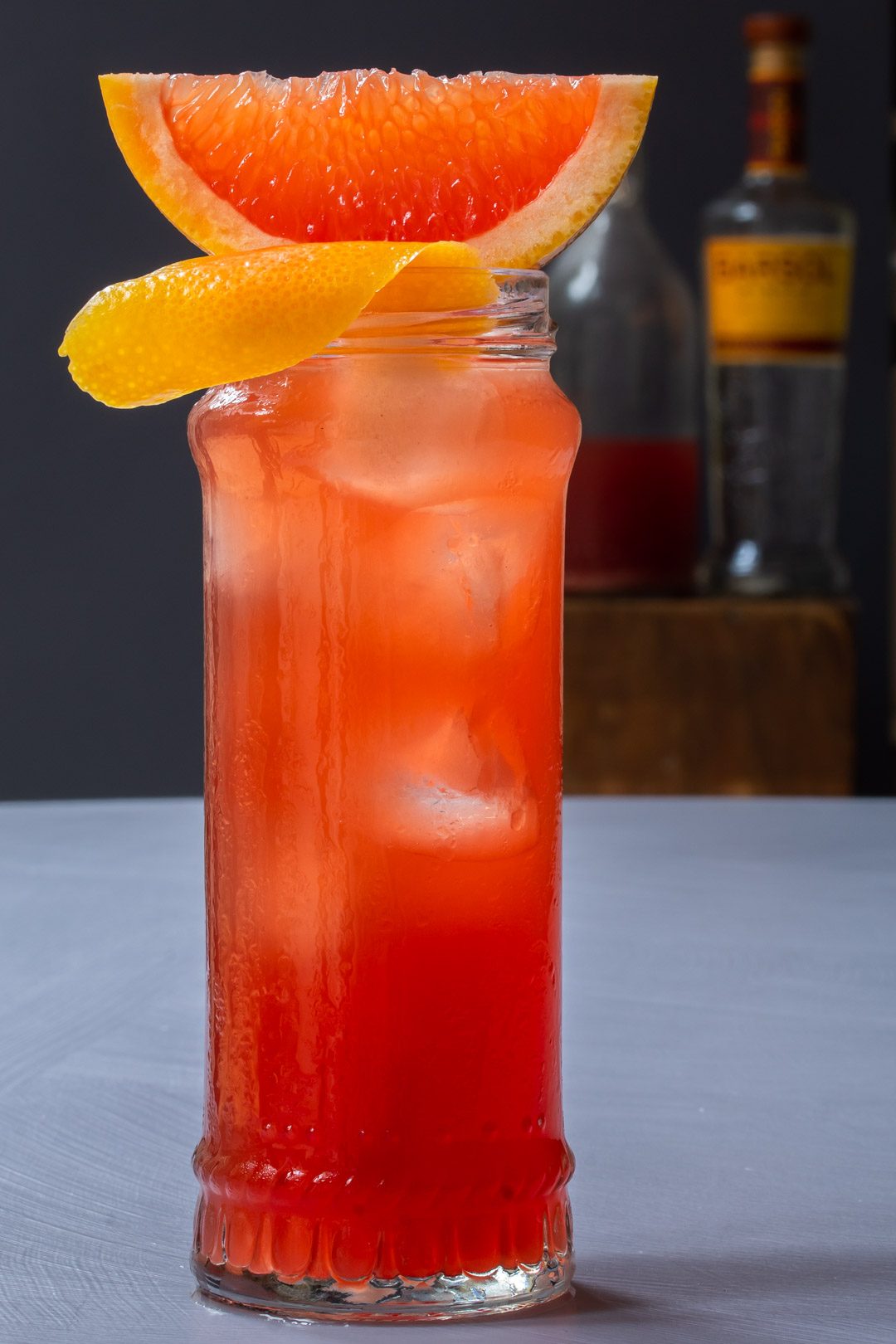
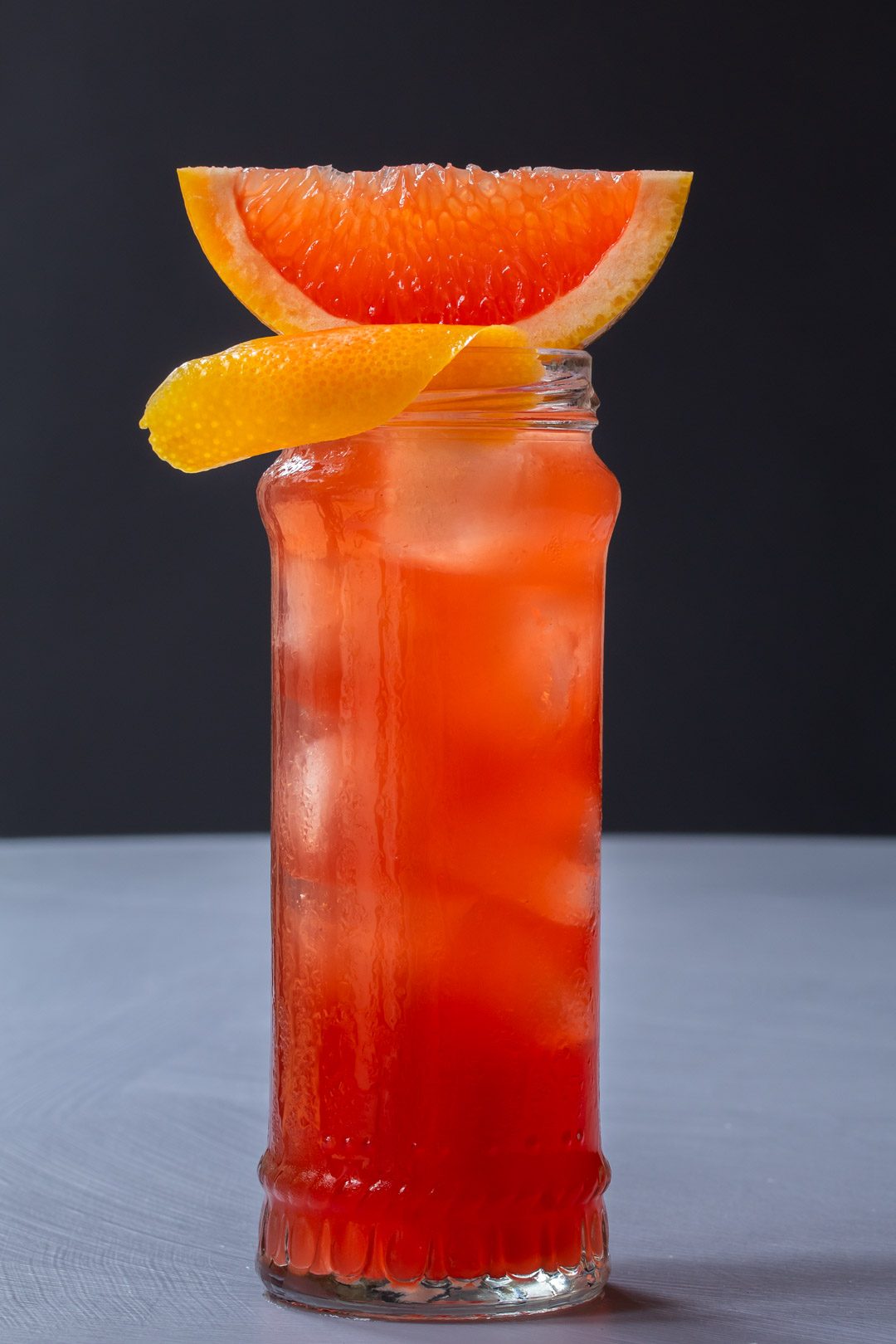
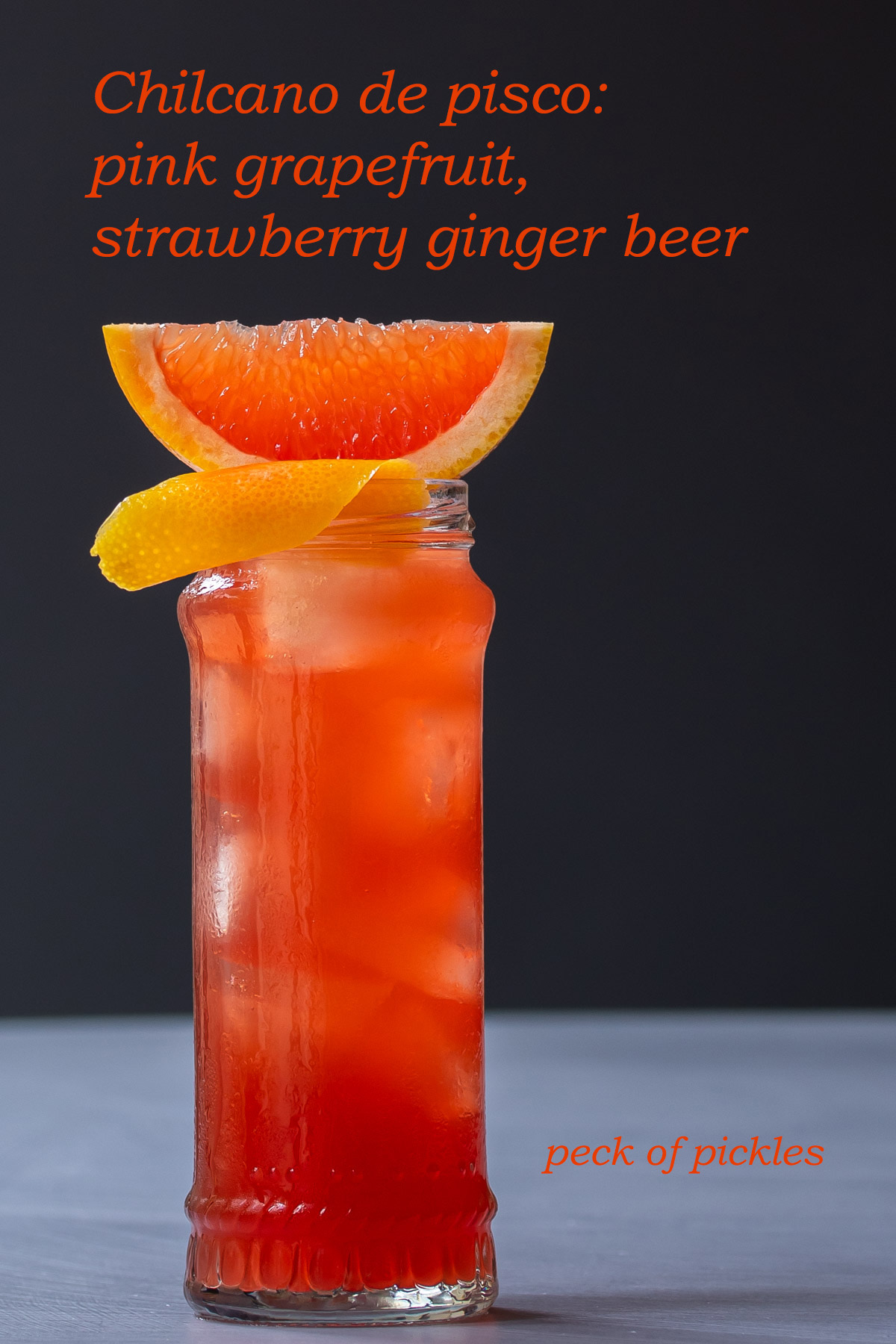
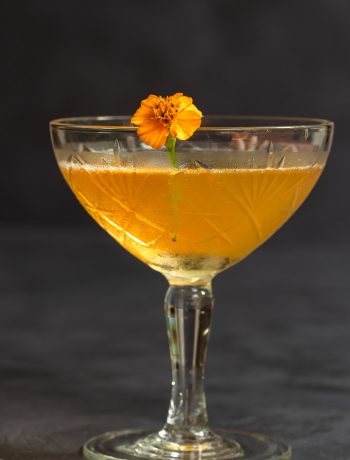
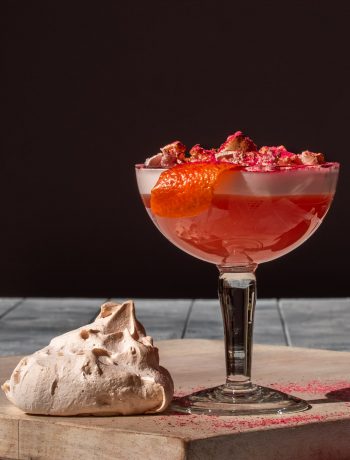
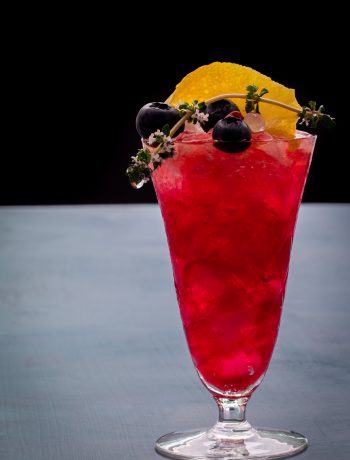
No Comments